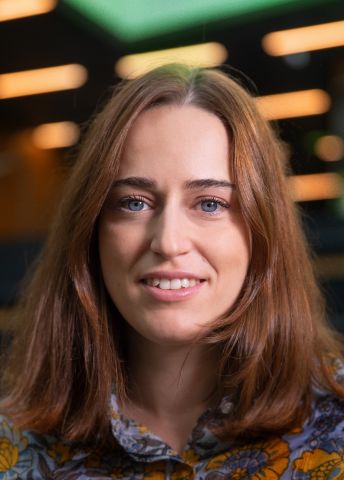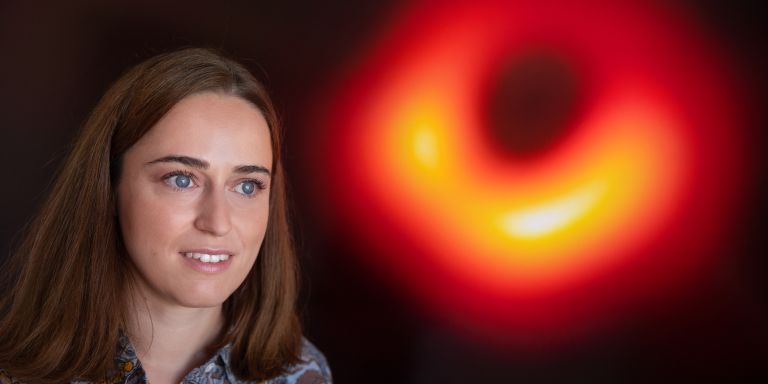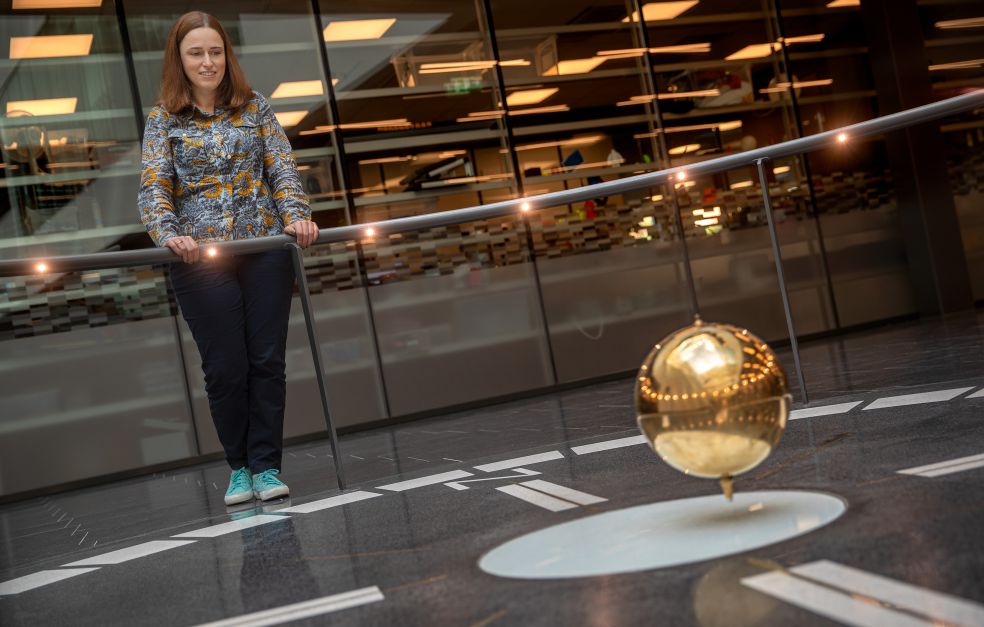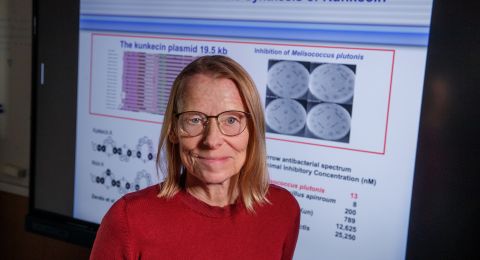For almost hundred years researchers have been looking for ways to reconcile Einstein’s theory of relativity with quantum mechanics. Agnese Bissi is making use of string theory to build a bridge between seemingly disparate theories.
Agnese Bissi
PhD Theoretical Physics
Wallenberg Academy Fellow, prolongation grant 2021
Institution:
Uppsala University
Research field:
Developing mathematical methods to explain gravity using quantum mechanics
Our world is governed by four forces of nature: electromagnetism, the weak force, the strong force, and gravity. The first three forces can be fully explained using the Standard Model of quantum mechanics. But gravity is something of a black sheep.
Predicting a new particle
The Standard Model describes the most miniscule particles in nature: elementary particles such as quarks and leptons, and the relationship between them. The model is widely recognized, and has been confirmed experimentally. This occurred most recently in 2012, when scientists at the CERN laboratory were able to detect a new elementary particle that was given the name Higgs boson, also known simply as the Higgs particle. It had already been predicted theoretically using the Standard Model.
But no one has yet managed to develop a framework that can describe the interaction that takes place during gravity, and the particle that should be able to explain gravity by quantum mechanics. Only when we understand this interaction can the standard model be completely linked to Einstein's general theory of relativity.
“It would enable us to understand what happened during the first few milliseconds after the Big Bang, and also events taking place in the vicinity of black holes,” Bissi explains.
She heads a research team in theoretical physics at Uppsala University. Her career has brought her to Sweden via Copenhagen, Oxford and Harvard. She is now endeavoring to develop new methods for studying gravity in quantum mechanical terms.
“As yet we don’t have the methods to be able to study this topic. Gravity can be explained using relativity theory, but not as a quantum theory. But string theory may come to the rescue by creating a framework that contains both general relativity and the Standard Model,” Bissi says.
Breakthroughs
She has been trying to find that link since she was awarded a Wallenberg Academy Fellow grant in 2015. She now thinks she has found a way forward.
“During my first period as a Wallenberg Academy Fellow I made a number of important breakthroughs in describing conformal field theory. And there is a duality between conformal field theory and gravity.”
In this case, the duality means that two theories are two sides of the same coin. They differ mathematically, but they can both describe the same physical phenomena. Very simply put, she is now looking for methods to translate one description into another using what are called conformal bootstrap methods. These are used to study conformist field theories such as string theory. She has special use of the holographic principle in string theory. It provides an opportunity to describe a five-dimensional image with the information from a four-dimensional surface.
“Flemish painters were masters at building up three-dimensional images using shade and colors. We’re using a similar approach to understand gravity by first describing conformal fields, and then building further from that.”
She has already achieved promising results.
“Our five-year goal is to have formulated methods that we can use to approach a quantum mechanical description of gravity. But it may take decades to arrive at the finishing line,” she adds.
“The Wallenberg Academy Fellow grant enables me to grow and strengthen my leadership skills in the field.”
Impossible experiments
Early in her career she came to accept that she would never see her theoretical work confirmed experimentally. The technology required is simply not developed yet. But 2019 saw groundbreaking observations from an international research project centering on the Event Horizon Telescope (EHT). EHT researchers had combined information from eight separate radio observations to form the first ever image of a black hole.
“In ten to fifteen years they will have collected data that may very well be comparable with our calculations. I didn’t think it would be possible to compare my work with observations or experiments in my lifetime,” says Bissi.
If it turns out that her theories cannot be compared with the observations, that would not mean they are wrong. She likens it to comparing calculations made using Arabic and Roman numerals.
“They can’t be compared because they’re governed by different rules. Yet the logic underlying the calculations may be the same.”
Bissi and her sister were the first members of her family to gain university degrees, but even as a child she dreamed of being a researcher. When she was working on her PhD she read some graffiti that said. “To take a step forward you have to lose your balance for a while.”
“And if you want to make great strides, you have to have the courage to lose your balance for a bit longer. That aptly describes the research I’m doing. If we want to extend the boundaries of our knowledge, there has to be a fair measure of uncertainty along the way.”
Text Magnus Trogen Pahlén
Translation Maxwell Arding
Photo Magnus Bergström






